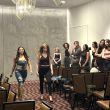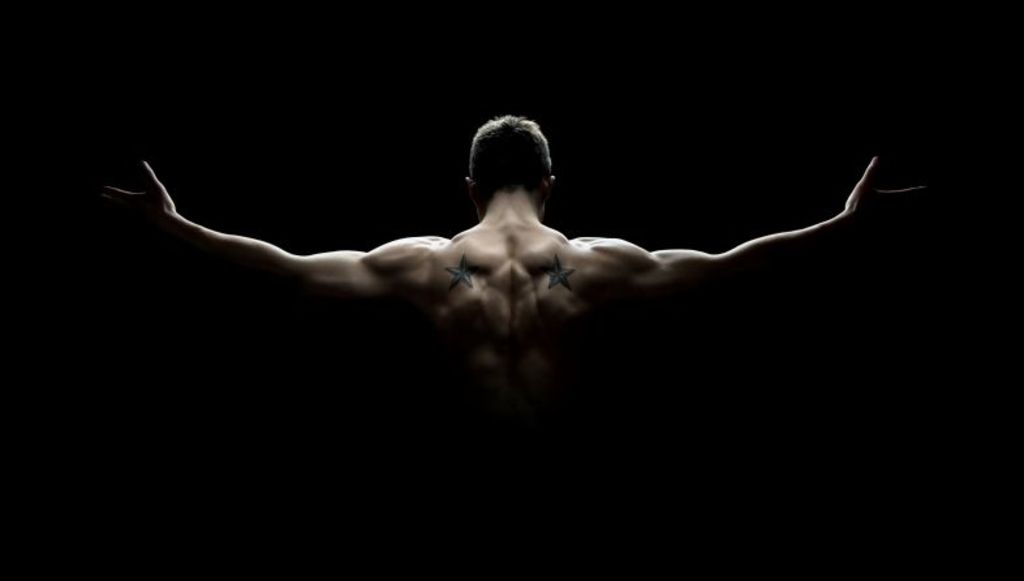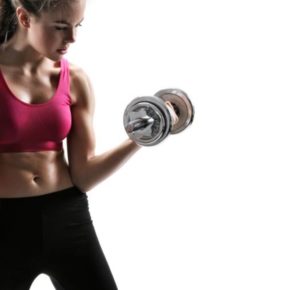 At last, we’ve made it to the end of the functional movement series. Before we delve into our dissection of the pull, let’s recap (remember, there are six total movements).
At last, we’ve made it to the end of the functional movement series. Before we delve into our dissection of the pull, let’s recap (remember, there are six total movements).
When I say “functional movements,” I’m not just throwing out the buzzword that it has unfortunately become. What we are discussing are the six major actions of our body that directly translate to exercises we can work on in the gym that will allow for a more efficacious and capable self.
Here they are:
The Squat A lower body power generator. Think: sitting, standing up and fat scorching.
Lunges The leg-shaper and knee-saver. Think: stairs.
The Deadlift The most loving thing you can do for your back. Think: picking things up off the floor.
Twists Core-carving, spinal mobility essentials. Think: well, twisting.
The Push Producer of vital upper body strength. Think: push-ups. And more push-ups.
And finally, on to the pull.
What is a pull?
Merriam-Webster defines the word pull as to hold onto and move (someone or something) in a particular direction and especially toward yourself. To cause (something you are holding or something that is attached to you) to move with you as you go in a particular direction.
We pull far less often than we push, but some examples might be: using our upper body (instead of our lower back and glute chain) to pick something heavy up, when we carry grocery bags into the house, when we pull close an old door, open the refrigerator, car, or front door.
What muscles are being used?
Primarily the pull works our:
- Latissimus Dorsi (“lats,” major muscle of the back)
- Biceps Brachii (biceps, muscles that bend the arm)
- Trapezius (posture muscles in the upper back)
- Rhomboids (posture muscles found beneath the trapezius)
Secondary muscles, depending on the exercise, can include:
- Rectus Abdominus (abs, six-pack)
- Transversus Abdominis (TVA, “lower abs”)
- Shoulders
- Forearms
- Hands
Why are pulls important?
While I’ve waxed poetic on the elusive pursuit of physical harmony and balance, the truth is: no one is symmetric. But that doesn’t mean we shouldn’t try our best to get as close as our mortal body will allow, right? Most joint problems stem from an imbalance of strength between opposing muscle groups (i.e. biceps and triceps). We need to counter the repetitive movements we make all day, every day: hunched over driving. Hunched over at our desk at work. Hunched over our smart phones furiously attempting to mentally advance with our daily Elevate. If we spent as much time in the gym pulling as we do pushing, our posture would improve, we’d likely have less shoulder adhesion restricting our range of motion, and perhaps stave off future neck and spine problems. Our core would be complete and our head on straight where it wants to be (not to mention how killer we would look in strapless dresses, ladies).
What could possibly go wrong?
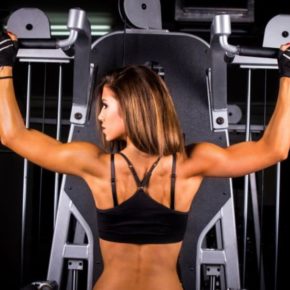 Like most exercises, joint tracking is an important consideration. When pulling a heavy cable stack, for instance, acknowledging that your shoulder is in its place before execution would be an important step. Learning how to do an exercise is just as important as knowing why you are doing it. What is your goal with a chin-up? A pull-up? Yanking one of those prowler sleds around the gym floor? If you aren’t sure why, maybe take a step back to sort it out.
Like most exercises, joint tracking is an important consideration. When pulling a heavy cable stack, for instance, acknowledging that your shoulder is in its place before execution would be an important step. Learning how to do an exercise is just as important as knowing why you are doing it. What is your goal with a chin-up? A pull-up? Yanking one of those prowler sleds around the gym floor? If you aren’t sure why, maybe take a step back to sort it out.
Okay, these are getting boring. What else can I do?
Get intimately familiar with the cable machine, guys. Preferably one that has adjustable levels for multiple planes of motion. Try every attachment in the bin; you could spend years coming up with possible grips, angles and weight combinations. Add a Bosu to challenge your balance, or stand on one foot. TRX straps offer an endless selection of pull-related exercises. Free weight plank rows, bent over barbell rows, the possibilities are there. First decide what you’re trying to get out of it and then use your creativity and good form to get it done.
I hope you’ve found this series helpful in your quest for self-improvement. Let me know if you have questions. Remember, the best you is up to you.
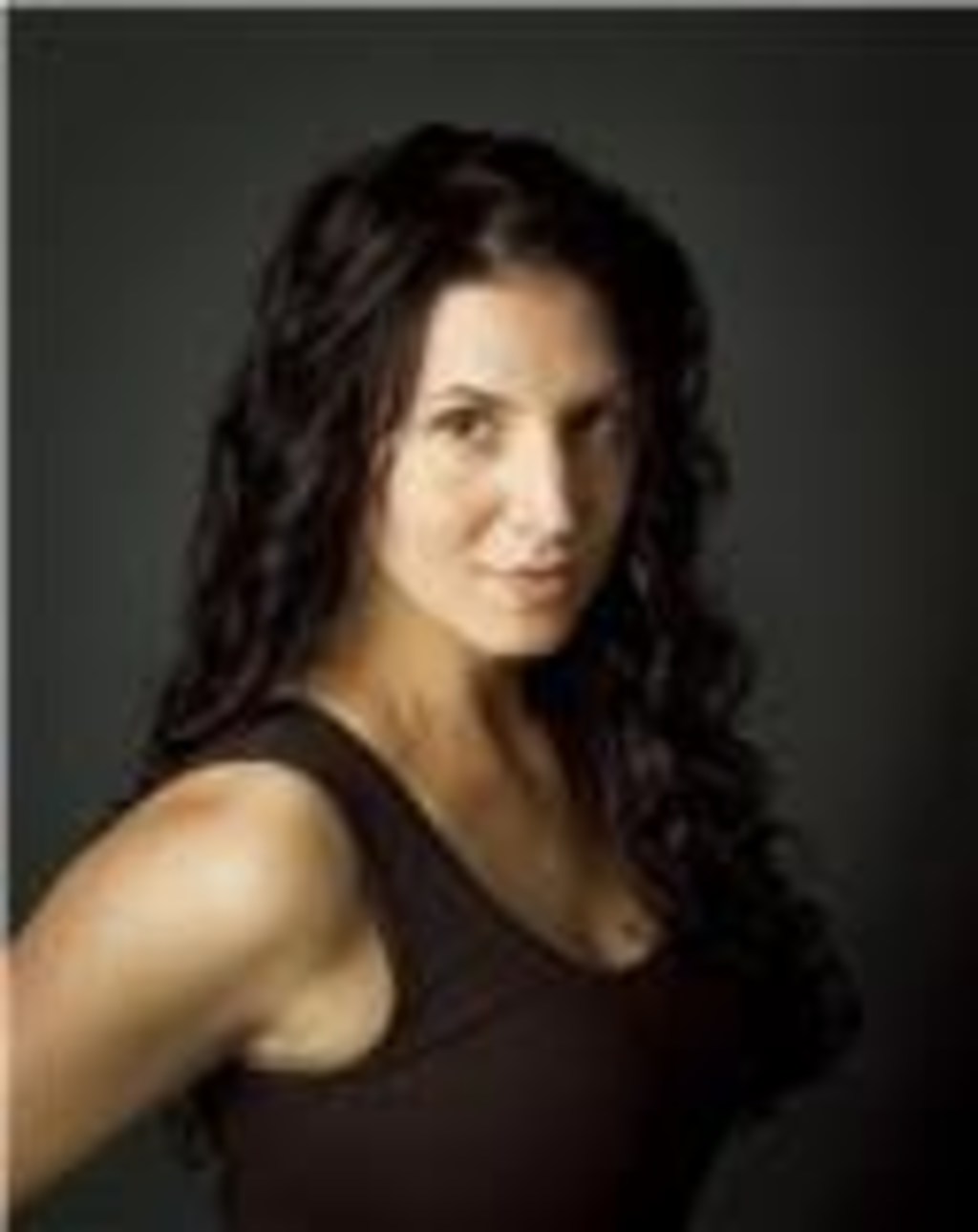 Jodilyn Stuart is the Health & Sports Senior Staff Writer for 303 Magazine, owner of ModaBody Fitness, and has been a professional fitness geek since 1997. If you have questions, feel free to email at: Jodilyn@303Magazine.com
Jodilyn Stuart is the Health & Sports Senior Staff Writer for 303 Magazine, owner of ModaBody Fitness, and has been a professional fitness geek since 1997. If you have questions, feel free to email at: Jodilyn@303Magazine.com

